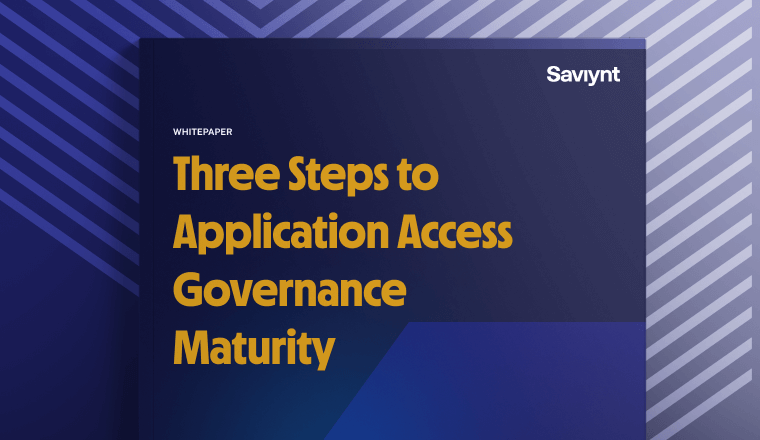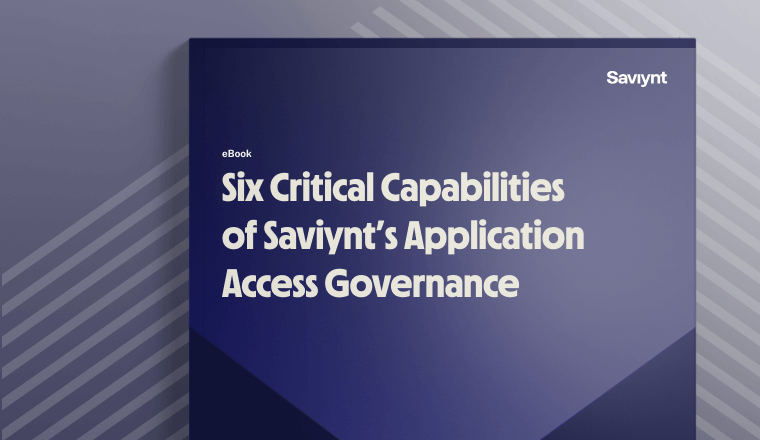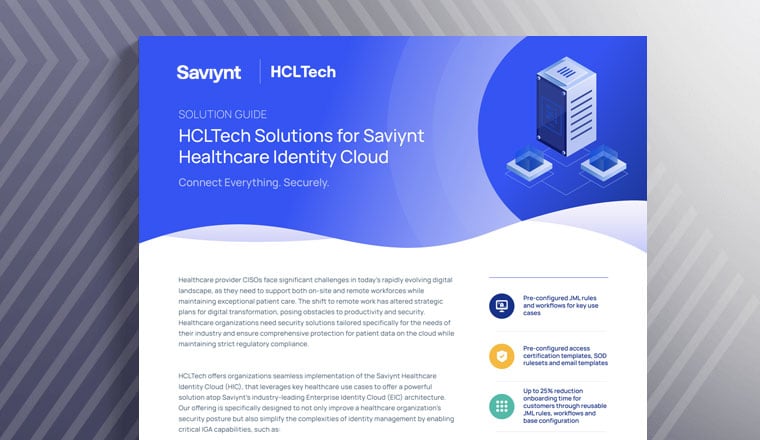What is Application Access Governance (AAG)?
What is Application Access Governance (AAG)?
Application Access Governance (AAG) is Saviynt’s Governance, Risk, and Compliance (GRC) solution that protects data security and privacy by setting access controls that limit users’ access to the organization’s on-premises, hybrid, or cloud services, systems, networks, or software. The application access governance solution helps organizations achieve compliance across all cloud and on-premises applications — and provides organizations with cross-application GRC capabilities. These additional features expand on typical GRC solutions to support multiple ERP environments.
The ultimate goal of any GRC model is to create standardized, measured, controlled, repeatable processes that allow for continual process improvement and optimization. To do this, we use the Capability Maturity Model as a guide to setting up and maintaining a well-run risk environment. Organizations don’t have to implement AAG for every application all at once. They can begin with their key financial system, for example, and then add relevant and interactive systems that are in scope for SOX, HIPAA, etc. This additive approach can continue until they have addressed the full range of their environment.
Learn more about Saviynt Application Access Governance and enforce application-centric policies and controls for security and compliance of critical applications.
Resources


